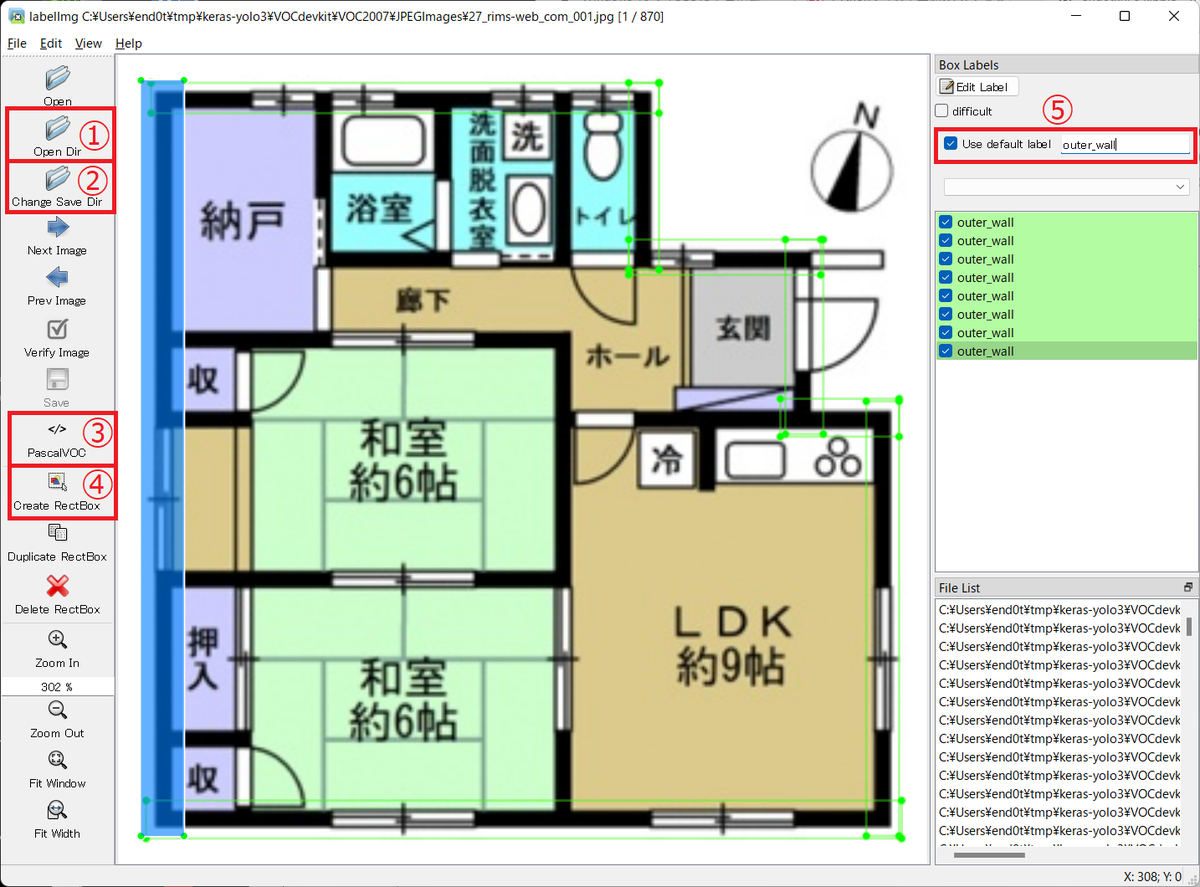GitHub - oreilly-japan/deep-learning-from-scratch: 『ゼロから作る Deep Learning』(O'Reilly Japan, 2016)
「ゼロから作るDeep Learning ① (Pythonで学ぶディープラーニングの理論と実装)」p.23 ~33の写経です。
# coding: utf-8 import numpy as np import sys def main(): inputs = [(0, 0), (1, 0), (0, 1), (1, 1)] for gate in [[and_gate, "AND" ], [not_and_gate,"NOT AND"], [or_gate, "OR" ], [xor_gate, "XOR" ]]: print( gate[1] ) for xs in [(0, 0), (1, 0), (0, 1), (1, 1)]: y = gate[0](xs[0], xs[1]) print( str(xs) + " -> " + str(y) ) # ANDゲート # x1 x2│y #───┼─ # 0 0 │0 # 1 0 │0 # 0 1 │0 # 1 1 │1 # 上記を満たす (x1,x2,w)は(0.5,0.5,0.8)や(1.0,1.0,1.0)等も # ありますが、今回以下を使用 def and_gate(x1, x2): x = np.array([x1, x2]) # input w = np.array([0.5,0.5]) # weigth b = -0.7 # bias tmp = np.sum(w*x) + b if tmp <= 0: return 0 else: return 1 # NOT ANDゲート # x1 x2│y #───┼─ # 0 0 │1 # 1 0 │1 # 0 1 │1 # 1 1 │0 # 上記を満たす (x1,x2,w)は様々ありますが、今回以下を使用 # def not_and_gate(x1, x2): # return and_gate(x1, x2) * -1 def not_and_gate(x1, x2): x = np.array([x1, x2]) # input w = np.array([-0.5, -0.5]) # weight b = 0.7 # bias tmp = np.sum(w*x) + b if tmp <= 0: return 0 else: return 1 # ORゲート # x1 x2│y #───┼─ # 0 0 │0 # 1 0 │1 # 0 1 │1 # 1 1 │1 # 上記を満たす (x1,x2,w)は様々ありますが、今回以下を使用 def or_gate(x1, x2): x = np.array([x1, x2]) # input w = np.array([0.5, 0.5]) # weight b = -0.2 # bias tmp = np.sum(w*x) + b if tmp <= 0: return 0 else: return 1 # XORゲート # x1 x2│y #───┼─ # 0 0 │0 # 1 0 │1 # 0 1 │1 # 1 1 │0 # ★XORは、ANDやNAND、ORと異なり、 # 一つのパーセプトロンでは実現できない為、以下 def xor_gate(x1, x2): s1 = not_and_gate(x1, x2) s2 = or_gate(x1, x2) y = and_gate(s1, s2) return y if __name__ == '__main__': main()
↑こう書くと、↓こう表示されます
AND (0, 0) -> 0 (1, 0) -> 0 (0, 1) -> 0 (1, 1) -> 1 NOT AND (0, 0) -> 1 (1, 0) -> 1 (0, 1) -> 1 (1, 1) -> 0 OR (0, 0) -> 0 (1, 0) -> 1 (0, 1) -> 1 (1, 1) -> 1 XOR (0, 0) -> 0 (1, 0) -> 1 (0, 1) -> 1 (1, 1) -> 0








